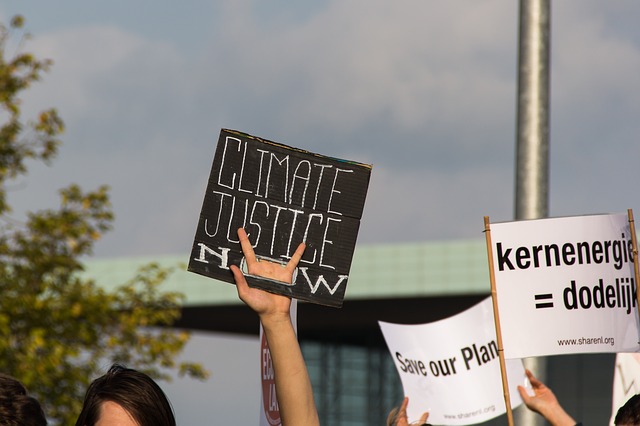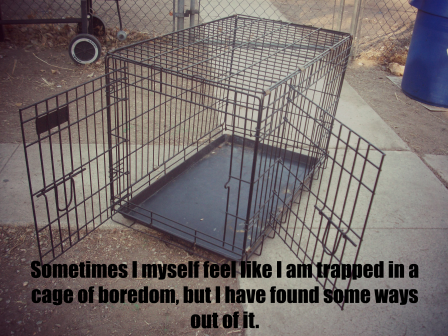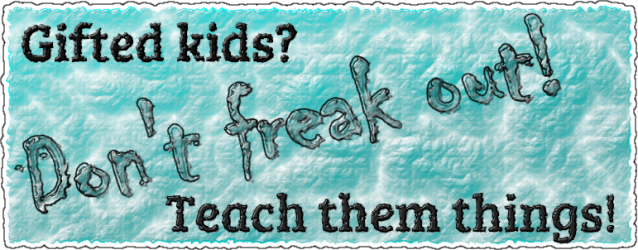Joanna McGibbon St George has contributed her recent review of the literature on gifted education in early childhood to the blog tour. Thank you, Jo.

Introduction
Is gifted education in the New Zealand early childhood sector one aspect that is more often than not overlooked? (Walsh, Hodge, Bowes & Kemp, 2010). Is the curriculum designed to support all learners within early childhood programmes? The results of Margrain and Farquhar’s survey (2012) show that it could possibly be failing gifted children under the age of 8.
Considering the rate of brain development and growth, especially between 0 – 5, “Is viewed as crucial in the development intellect, self esteem and social functioning, it is perplexing that so little attention has been paid to the needs of young gifted children” Shore cited in (Walsh, Hodge, Bowes & Kemp, 2010, p. 44). Though educators working within the curriculum provide a wide range of activities and experiences for all children in their care to wonder over and explore, surely this includes gifted children (Margrain, & Farquhar, 2012).
Definition of Giftedness
There seems to be no clear definition for gifted young children (Margrain & Farquhar, 2102). Others disagree suggesting that there are
many definitions of giftedness, but with such variety of ideas lack of clarity gives rise to confusion (Walsh, Hodge, Bowes & Kemp, 2010). One such example is, “The term giftedness refers to spontaneous untrained abilities (potential) that place the individual in the top 10% of same-age peers in that particular domain” Gagné cited in (Walsh, Hodge, Bowes & Kemp, 2010, p. 44).
Though there may be a certain amount of confusion in regards to a clear definition, there are certain characteristics that are more prevalent with young gifted children. Speech develops from a very early age, and a good grasp of language comprehension follows, and children are able to hold fairly in depth conversations with adults. Along with this it is not unusual for these children to be reading by age four (McGee & Hughes, 2011).
Challenges and Misunderstandings
Along with these characteristics, certain challenges appear, for instance a young child’s mental abilities do not develop at the same rate as their emotional capabilities. “Young children with advanced concepts and skills may develop emotional issues, such as fears, emotional sensitivities to others, perfectionism, early awareness of their own emotional and intellectual states, self-esteem issues, and behavioural nonconformity” Porter, cited in (McGee & Hughes, 2011, p. 101). Anger and frustration may arise from the child when their intellectual needs are not met, causing the misunderstanding that they may have behavioural issues (Walsh, Hodge, Bowes & Kemp, 2010).
Tensions do arise over the push to either place gifted children into primary school early, or to keep them in an early childhood environment. If children’s emotional maturity does not match their intellectual ability, then placing them in primary will likely lead to more of a deficit in that area. Those pro say that if children are encouraged to develop at their own pace, then surely early school attendance will benefit gifted children, and reduce any signs of frustration (Margrain & Farquhar, 2012).
Educators Role
Educators can play a part in identifying gifted children through using the everyday tools at their disposal. Such as informal anecdotal observations (Margrain & Farquhar, 2012), and also through learning stories, which are “Learner centered, credit based, and illustrates learning and achievement within authentic contexts” Moore, Molloy, Morton & Davis, cited in (Margrain, 2011, p. 8).
Educators need to extend their knowledge on gifted children, and develop an awareness of their characteristics (McGee & Hughes, 2011). In recognising these characteristics, teamed with an educator who is confident working with gifted children, these children will develop and thrive within that environment (Bevan-Brown, 2012).
Educators may discover some tension around the provision of a free play, emergent curriculum, and the provision of activities for gifted children that are more formal and school like, within the early childhood classroom (Walsh, Hodge, Bowes & Kemp, 2010).
Maori Children and Gifted Education
“The continued under representation of Maori students in gifted and talented programmes indicates the need to ensure our understandings about the way children learn, and the corresponding curriculum content, reflect Maori conceptions, values and practices” (Webber, 2006, p. 2). Not all abilities that Maori people value as gifting perfectly line up with western ideas, but these gifts need to be identified and nurtured in such a way that culture is part and parcel of the gifted child’s development (Bevan-Brown, 2012). Maori children’s cultural background, is established with deep roots that delve right back into the history of their whanau, hapu and iwi. When this background is acknowledged by educators, the child then has a solid place start to understand what giftedness means to his culture, therefore allowing him to take pride in his achievements, and continue to grow and develop holistically. A classroom that provides learning opportunities that are closely entwined to a child’s whakapapa as possible, will be one where gifted Maori children will shine (Webber, 2006).
Working With Parents and Whanau
Educators need to build positive reciprocal relationships with parents, and taking into account what parents are saying regarding their gifted child (Bevan-Brown, 2012). Parents understand their child better than others and have a great well of information at their disposal, and can share examples from home (Walsh, Hodge, Bowes & Kemp, 2010).
“However, teachers and families need to collaborate to identify such children and create supportive educational environments” (McGee & Hughes, 2011, p. 100).
Parents and whanau may feel they have no support, that teachers are not hearing them, that in fact educators came across as disinterested and unbelieving. Parents of 4 ½ year olds whose children have advanced reading ages, have reported little or no support from their child’s teacher, and found it a fight to be heard (Margrain, 2011).
Conclusion
Literature has shown differences of opinions in regards to the definition of giftedness, but concurs that gifted abilities do arise in young children. Also, educators have differing viewpoints in regards to gifted education within early childhood education. Some are proactive in working with parents, and others pull back in disbelief (Margrain, 2011).
New Zealand has much to celebrate regarding gifted education, but the caution comes “We cannot rest on our laurels and must continually strive to improve the situation for gifted and talented learners in NZ, their parents, family and whanau” (Bevan-Brown, 2012, p. 2).
Reference List
Bevan-Brown, J.(2012). Digging deeper, flying higher. Apex: The New Zealand Journal of Gifted Education 17(1). Retrieved September 27th, 2014, from www.giftedchildren.org.nz/apex
Margrain, V. (2011). Assessment for learning with young gifted children. Apex: The New Zealand Journal of Gifted Education 17(1). Retrieved September 27th, 2014, from www.giftedchildren.org.nz/apex
Margrain, V., & Farquhar, S. (2012). The education of gifted children in the early years: A first survey of views, teaching practices, resourcing and administration issues. Apex: The New Zealand Journal of Gifted Education 17(1). Retrieved September 27th, 2014, from www.giftedchildren.org.nz/apex
McGee, C. D., & Hughes, C. E. (2011). Identifying and supporting young gifted learners. Young Children, 66(4), pp, 100 – 105.
Webber, M. (2006). Identity and Whakapapa: A curriculum for the gifted Maori child. Retrieved October 14th, 2014, from http://www.confer.co.nz/gnt/Thursday/webber.pdf
Walsh, L. R., Hodge, K. A., Bowes, J. M., & Kemp, C. R. (2010). Same age different page: Overcoming the barriers to catering for young gifted children in prior-to-school settings. International Journal of Early Childhood, 4(1), pp, 43-58.
 Image Credit: St George family.
Image Credit: St George family.
Find other #NZGAW Blog Tour posts at http://giftededucation.ultranet.school.nz/WebSpace/1286/.











